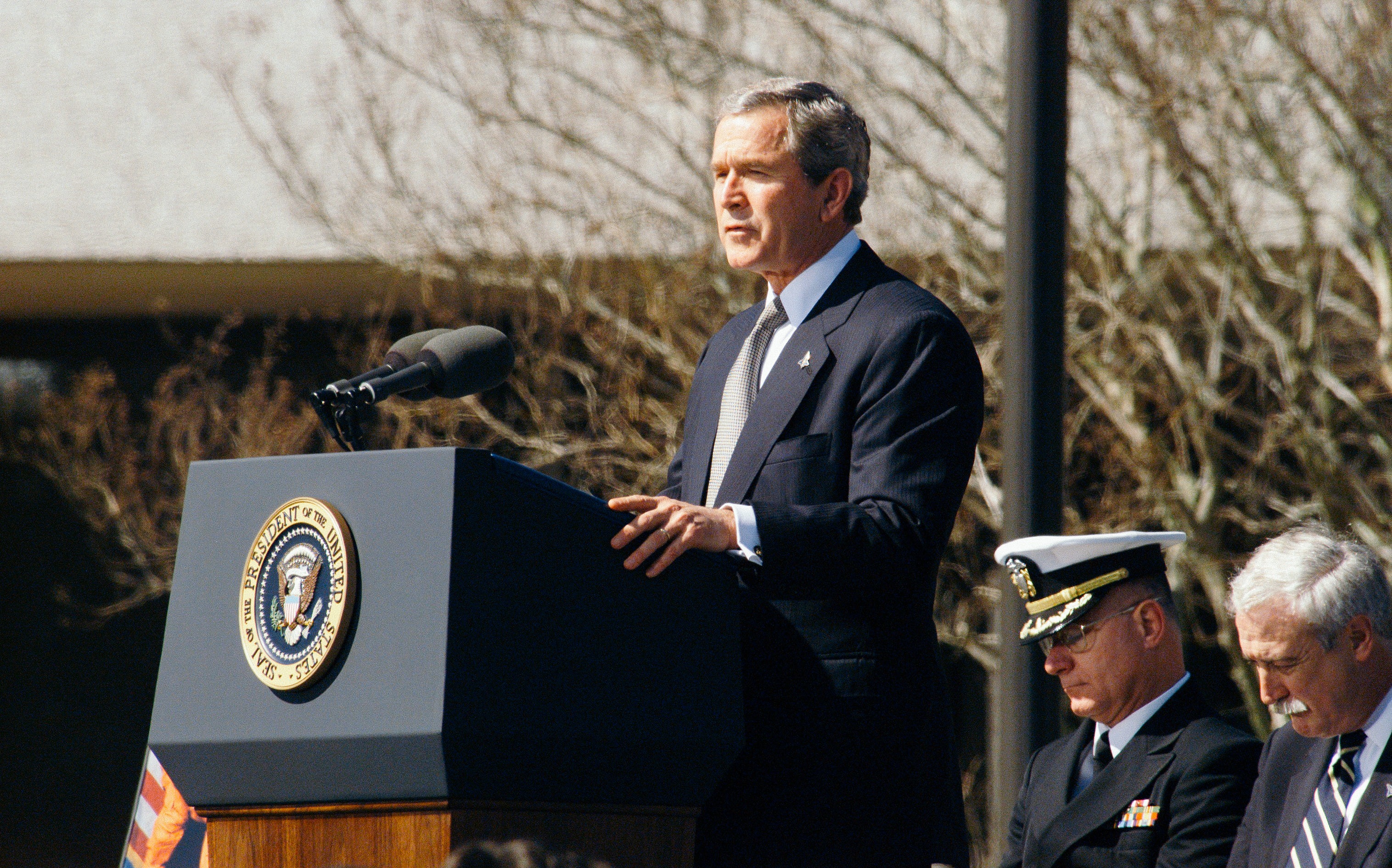This week’s blog post is on the P.O.W.E.R KEY: 5 how to’s for powerful presentations and speeches. For those of you that missed it, it was the subject of the webinar I delivered last week and I thought I’d give you a little taste here as well. I’ve also included links to some great TED talks that are linked to the P.O.W.E.R KEY. I hope you enjoy it!
P is for Polish
Polish is about sounding expert, knowledgeable, and polished. How do you do this? Well the focus of POLISH is about how you sound, not what you say. It’s the extra pizazz you can add to the thing by the way you say it. A useful concept here is the idea of EMPHASIS. Literally picking out the words and phrases in your speech that are important to you, and putting some clout into them. If you need a more visceral image, think of wringing out a towel over those words. This will draw your listener’s attention DIRECTLY to those words, and essentially, you can get the ideas that are important to YOU into your listener’s HEAD.
O is for Ownership
You know when someone is described as ‘owning it’? Well, that’s what we mean for OWNERSHIP. Taking ownership of the space, the room, the scenario. How do you do that? You get your body into the ‘owning’ position: good posture, head erect, shoulders back, bright eyes, open body language, and make your entrance from there. Not only does it send a clear message of confidence to the people around you, it also has a chemical effect on your mind, changing how you feel.

W is for Winning
By this I mean winning people’s attention. As we know, there are all kinds of distractions and stimulus constantly bartering for a person’s attention. In order to win it, you need some good chat. How do we do this? Two ways 1) Stories. Bring in a good story, and you have people hooked. In fact, the bestselling book, ‘Talk Like Ted’ focuses hugely on the power of stories in the most memorable TED Talks. 2) Values—find a way to insert your values into your speech or presentation, and this will have a powerful effect on your listeners. Because if something matters to you, it will matter to others too. I have an excellent (and riveting) example for you on the power of storytelling and values: Bryan Stevenson’s TED talk. His use of story to win your hearts and minds is second to none. Click here to see for yourself.
E is for Engaging
How do we engage? Facial expression, vocal expression, physical expression. Catch your audience’s Tony Robbins attention using bright eyes, a smile and even your eye brows. Then use your physical gestures to build the landscape of your speech, give it increased shape and dimension. A really good example of this can be seen in Tony Robbins, an acclaimed coach and public speaker. You could watch any talk of his, but his TED talk is on the shorter side at around fifteen minutes, (several are at least an hour) and is a great place to start. If I am introducing you to Tony for the first time, then I am delighted. He is a phenomenal human being, who has made, and continues to make, a remarkable and positive impact on the world.

R is for Responsive
By which we mean connecting with your audience or listeners: building rapport, listening to them, interacting, and responding to the feedback they are giving you, whether verbal or nonverbal. How do we do that? One crucial way is through eye contact. You can reach out with your eyes and it can feel like you are connecting with individuals even if there are hundreds in the audience.
Want more of where that came from? Sign up to our newsletter for monthly free tips and tools from our trademarked method.
If you'd like to find out more about how our experienced speech coaches can help you transform your public speaking skills, book a free Discovery Call today.


